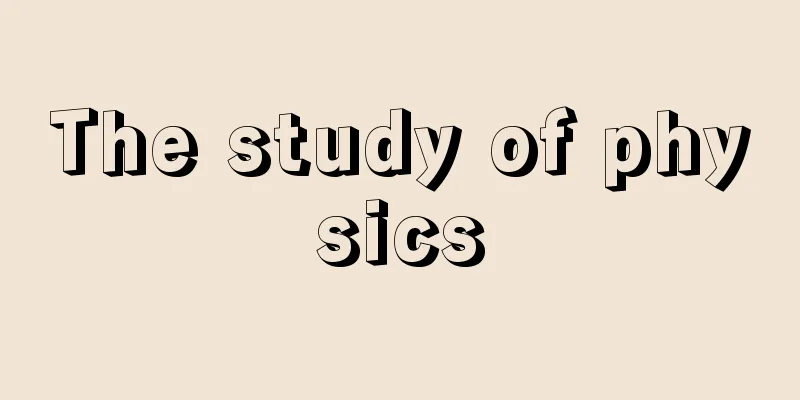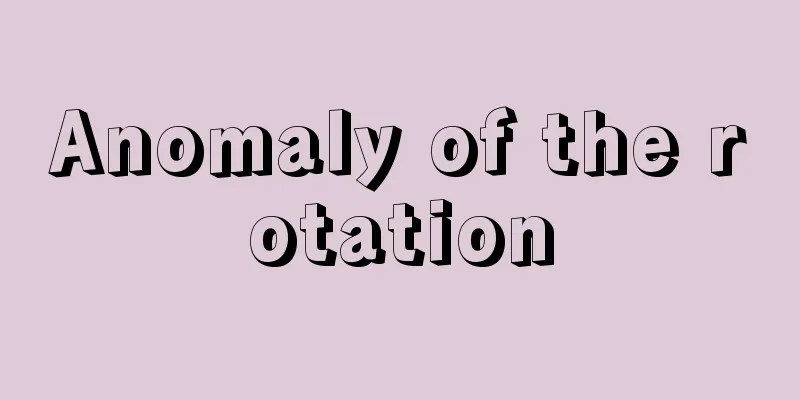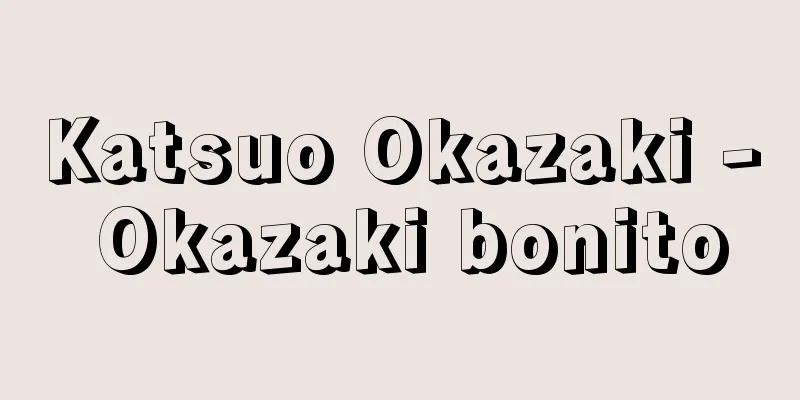Commentary on the Three Sutras - Sangyōgisho

|
This is the collective name for the three commentaries on the Sūtra Sutra, the Lotus Sutra, and the Vimalakirti Sutra, which are said to have been written by Prince Shotoku. They are said to have been produced in this order at the beginning of the 7th century, but there is no definite proof. The first volume of the Sūtra Sutra is a commentary on the Sūtra Sutra, translated by Gunabadhara (394-468). The works "Hongi" and "Syoi," which are often relied upon, were discovered in a copy excavated at Dunhuang, but their authors are unclear. The four volumes of the Hokke Gisho are based on the Hokke Giki by Kotakuji Houn (467-529) of Liang, which he refers to as the "original meaning" and other titles, but also provide commentary on the 27 chapters of the Myoho Renge Kyo (Lotus Sutra) (minus the Devadatta chapter) translated by Kumarajiva (344-413 or 350-409), and present the author's own unique views in various places. At the beginning of the book, a note is made stating that it was written by Prince Shotoku, and the author's handwritten herbal copy and the verified book are both surviving imperial treasures. It is the oldest book in Japan and is important in the history of Japanese calligraphy. The three volumes of the Vimalakirti Commentary on the Vimalakirti Sutra are commentaries on the Vimalakirti Sutra (Sermons from the Vimalakirti Sutra's Office) translated by Kumarajiva, with reference to Sengzhao's (383-414) Commentary on the Vimalakirti Sutra, but unlike the first two commentaries, do not comment on the original meaning. The Suiko chapter of the Nihon Shoki contains an article on lectures on the Sūtra of the Sutta and the Lotus Sutra, but there is no record of a lecture on the Vimalakirti Sutra. In addition, one of the cited books, Hyakugō, is considered to have been written after Shotoku's time. These facts have raised doubts about whether the Vimalakirti Sutra was written by Prince Shotoku, especially about its authenticity. However, the fact that the three commentaries were written by the same person, the insight into the content, and the long tradition of the writings have led to the generally accepted view that the author was Prince Shotoku. The reason why Prince Shotoku specifically chose to annotate these Three Classics is said to be because the emperor was Empress Suiko and Prince Shotoku, who was the regent, was likened to Vimalakirti, as well as because the Three Classics were popular scriptures in China at the time. Although it had only been a short time since Buddhism was imported, the author's realistic understanding of the Mahayana spirit demonstrates his extraordinary talent, and together with "The Seventeen-Article Constitution," this is an extremely important work in the history of Japanese culture. [Takaaki Wakabayashi] [Reference] |Source: Shogakukan Encyclopedia Nipponica About Encyclopedia Nipponica Information | Legend |
|
聖徳太子の著とされる『勝鬘経(しょうまんぎょう)義疏』『法華(ほっけ)義疏』『維摩経(ゆいまぎょう)義疏』の三疏を一括した呼び名。7世紀の初めにこの順序に制作されたとされるが確証はない。『勝鬘経義疏』1巻は、求那跋陀羅(ぐなばっだら)(394―468)訳の『勝鬘師子吼一乗大方便方広経(しょうまんししくいちじょうだいほうべんほうこうぎょう)』の注釈。しばしばよりどころとされる「本義」と小異の著作が敦煌(とんこう)出土本から発見されたが、その著者は明らかでない。『法華義疏』4巻は、梁(りょう)の光宅寺法雲(こうたくじほううん)(467―529)の『法華義記』を「本義」などの名でよりどころとしながら、鳩摩羅什(くまらじゅう)(344―413または350―409)訳の『妙法蓮華経(みょうほうれんげきょう)』27品(ぼん)(提婆達多品(だいばだったぼん)を欠く)を注釈し、著者独自の見解を諸所に示している。巻頭に聖徳太子の作である旨を注記し、著者自筆の草本と考証された書物が御物として現存している。わが国最古の書物として、また日本書道史上にも重要である。『維摩経義疏』3巻は、鳩摩羅什訳『維摩詰所説経(ゆいまきつしょせつぎょう)』を、僧肇(そうじょう)(383―414)の『注維摩経(ちゅうゆいまぎょう)』を参考にしながら注釈しているが、前二疏のように本義とはしていない。『日本書紀』推古(すいこ)紀に『勝鬘経』『法華経』二経を講じた記事はあるが、『維摩経』講説の記録がなく、またその引用書中『百行(ひゃくこう)』が太子より後の時代の著作とされるなどのことから、『維摩経義疏』を中心に聖徳太子の真撰(しんせん)について疑問がもたれたが、三疏が同一人の著作であることや、内容の識見、長い伝承などから、著者が聖徳太子に帰せられるのがほぼ定説となっている。聖徳太子がこの三経をとくに選んで注釈したのは、天皇が推古女帝であり、摂政(せっしょう)の聖徳太子が維摩詰に擬せられるなどの理由のほか、三経が当時中国における流行経典であったことなどによるとされる。仏教輸入後なお日が浅いのに、大乗精神に対する現実的な理解は著者の非凡を示し、「憲法十七条」とともに日本文化史上きわめて重要な著作である。 [若林隆光] [参照項目] |出典 小学館 日本大百科全書(ニッポニカ)日本大百科全書(ニッポニカ)について 情報 | 凡例 |
Recommend
Reward - Onshogata
A job title in the Kenmu government and Muromachi...
Krill - Okiami (English spelling) krill
A general term for the order Euphausiacea of th...
Guggenheim, Meyer
Born: February 1, 1828, Langneau [Died] March 15, ...
Attila - Attila (English spelling)
King of the Huns (reigned 434-453). After the dea...
Ito Sukeatsu
1772-1798 A daimyo from the mid to late Edo perio...
Watercress
Nutrition, Functions & Cooking Tips This aqua...
Betsugu - Second Shrine
A title given to the main shrine, referring to sh...
Feather fan
〘Noun〙 A fan made from bird feathers. A feather fa...
Ie Nao, Lord of Iizasayama Castle
…There are various theories about his birth year....
Ethnic minorities - shosūminzoku
A minority ethnic group when the population of a c...
sainete
…Spanish playwright. He was successful as a write...
Soumon
Along with "Miscellaneous Poems" and &q...
Big-flowered vine - Big-flowered vine
...The fruit is spherical, about 3cm in diameter,...
Inertial Confinement System
… [Methods of controlled nuclear fusion] In order...
Husband role - grumble
A term for labor duties seen from the Heian perio...

![Roche [company] (English name) F. Hoffmann-La Roche & Co. AG](/upload/images/67cd3b6bb77bc.webp)







